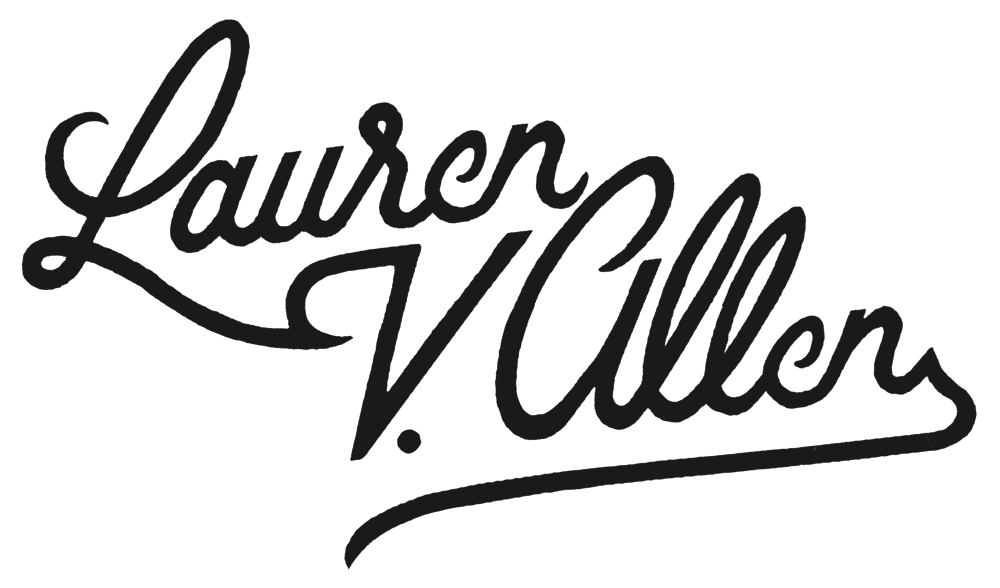“I am still learning.”
So far, 2016 has been an interesting + out-of-this-world fruitful year. I was offered a bid in January to shoot a virtual reality marketing film for Duke Kunshan University through a dear friend, who describes himself as avuncular, at Incipient VR, and I jumped on it. With this medium exploding across the internet, it is clear that VR isn't going away anytime soon, especially in the journalism world. Immersive storytelling with cutting edge technology seems to be the cure to all our techie-ADD problems, but also allows audiences to explore different worlds and be a part of a something unknown to them.
This project has consumed the majority of my year thus far. From field research, story development, jumping through hoops to get visas into China and permissions to shoot across Shanghai and the neighboring Jiangsu Province, teaching myself [read: really basic] Mandarin, and the actual production phase, I cannot believe that we are already in June.
After weeks of editing, cursing at my computer, and one of the most challenging edits I've ever done, the first of three short VR experiences are done for Duke Kunshan University, Duke's study abroad campus in the Jiangsu Province, China. This first installment is fast paced and showcases the University and its surrounding areas: Kunshan, Suzhou, Zhouzhuang, and Shanghai (also, here). It shows the people, the places, and the culture in hopes of making you want to see more.
I'm not going to lie, VR is one of the most difficult mediums I've had to learn. In addition for composing a scene for every camera, because they are GoPro's with 195-degree wide-angle lenses, you can't control what people look at. You also, can't control what happens around the camera because you've got to be out of the frame.* The conceptual thought process that goes into filming is much different than standard video or still photography. You have to rely on each frame, the subjects of each frame and their movements, and the curiosity of your audience to make a successful VR experience, without making them sick.
(*In China, because of the huge crowds and fear that my equipment would either be stolen or confiscated by police, I'm usually hiding in plain sight throughout filming. I plan on making a "Where's Waldo?" series, but rather a "Where's Lauren?" VR experience.)
However, this is only half the battle. The editing process is long and tedious, yet one of the most rewarding. Props to my husband for his patience with me during this process. This edit was especially difficult because of all the moving parts throughout the takes. I'm not going to get into specifics, but imagine breaking a frame into three separate depths (foreground, middle ground, and background), stitching each of those together, then superimposing them back together on top of each other to bring it back as one plane. Outside of the stitching aspect, VR editing is very experimental because there aren't many standards yet. It's kind of neat being in the forefront of this new medium but difficult since there isn't much to base it on. But yeah...I'm just going to stop there. If you want to know more, you are welcome to reach out to me.
Anyways, I'm excited to share this with you as it is surely something entirely different and something that I am pumped to continue working with. Enjoy this VR experience on Youtube 360 (with or without goggles) or Facebook! I will say though, it is best viewed with Goggles and that's the only way to do the Oriental Pearl shot justice.
And if you were upset that I left out goofy, unintentional faces, I leave you with this video below for your entertainment. It progresses through Lauren + my days shooting in Shanghai, Kunshan, DKU, Zhouzhuang, and Suzhou. Apparently, I like to bite my lips when I clap...and at times, I forget how to clap because let's be honest, clapping is hard sometimes. Enjoy this up-the-nose montage through a fish-eye lens where we get stared down throughout China.


